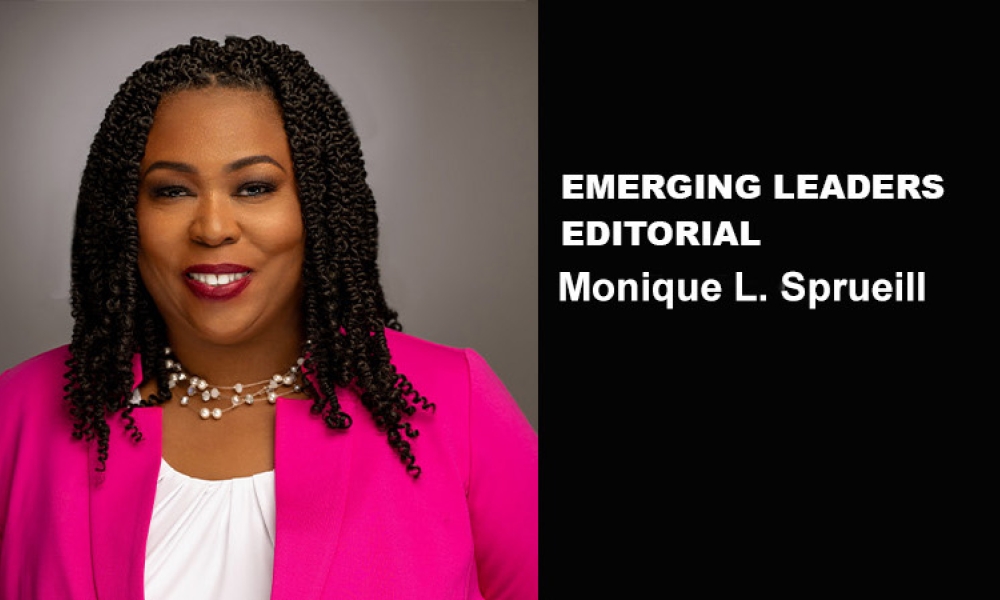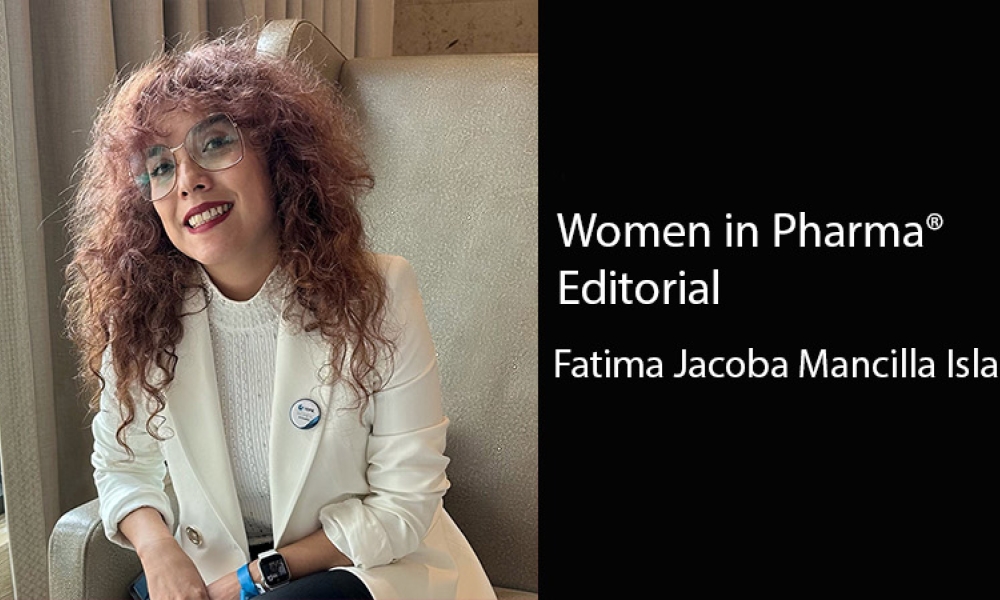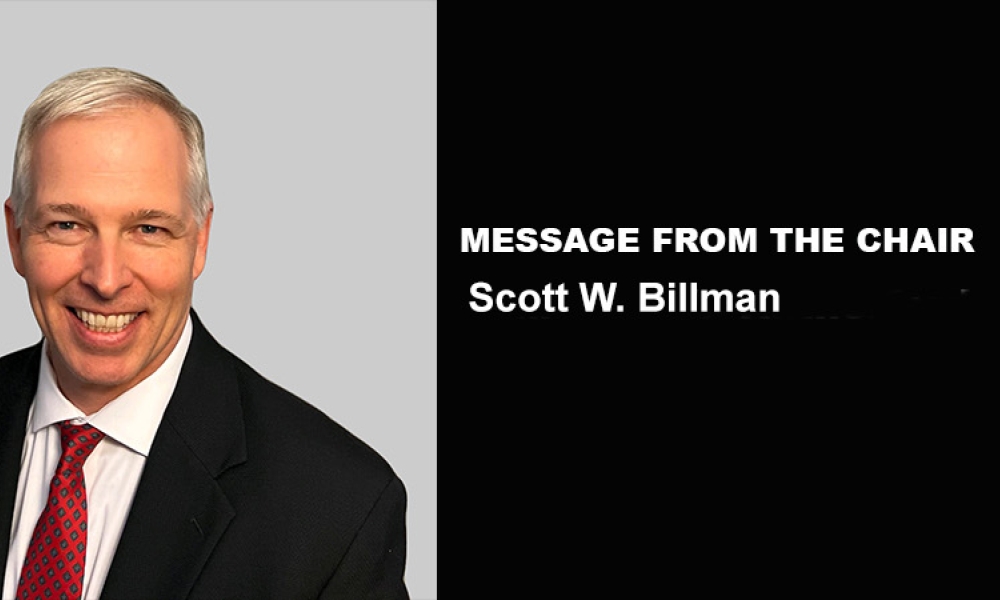Preparing the Workforce of the Future
Dr. Ferdinando E. Aspesi is Senior Partner at " Bridge Associates International -FEA" where he advises pharmaceutical companies’ management on quality strategy, organizational design as...



